
Article Summary: Massachusetts National Parks
So much history. So many incredible historic sites. We’ve got Massachusetts National Parks! In this article, we feature all of the incredible park sites in the great state of Massachusetts. We’ve got 18 national park sites for you to see on your next visit to the Cradle of Liberty.
These Massachusetts National Parks include amazing historic sites, incredible monuments, beautiful parks, legendary trails, and so much more.
I’ve been to so many of these amazing places since retiring from teaching in 2018. Did I mention that I taught history? I spent a lifetime teaching about the history behind these momentous sites. Then I got to see them firsthand. And now I’m sharing the stories of these incredible places with you. It doesn’t get any better than that!
While Massachusetts has many national park sites, I should note that it doesn’t actually have any congressionally designated “National Parks”. Nonetheless, there are a whole host of amazing Massachusetts National Park Service sites to visit.
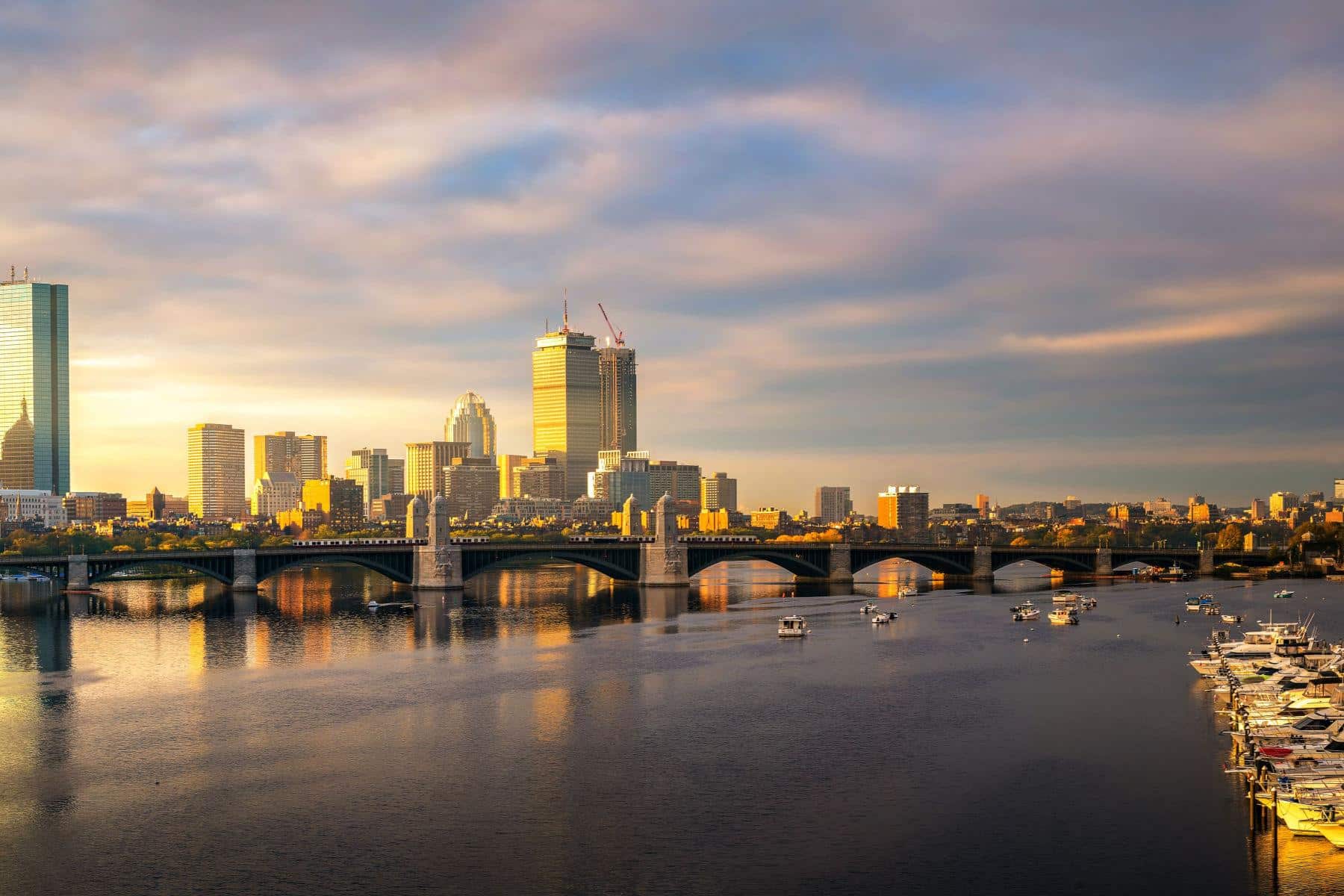
So, What Is A National Park?
We get asked that question a lot because there’s a difference between a “national park” and a “national park site.” To help you understand that difference you might want to check out our article titled: What Is A National Park Really?
If you’re planning a trip to the Bay State then one book that I highly recommend is: Insiders’ Guide to Massachusetts by Maria Olia.
We’ll give you 18 wonderful reasons why you’ll want to make Massachusetts your next vacation destination.
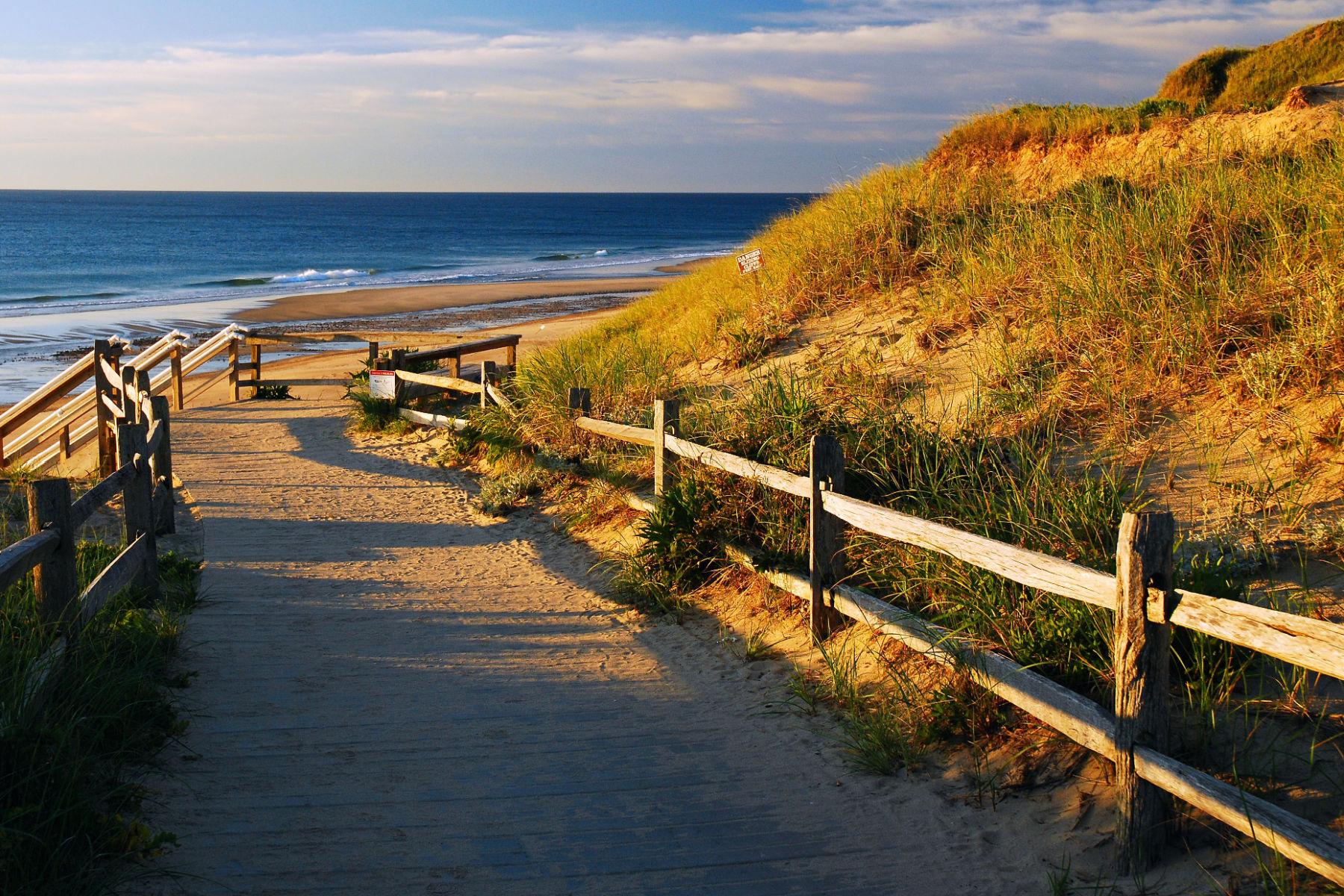
Table Of Contents: Massachusetts National Parks
Massachusetts National Parks
- Best Massachusetts National Parks
- Massachusetts National Parks
- More Massachusetts National Parks
- More Massachusetts National Parks
- More Massachusetts National Parks
- Still More Massachusetts National Parks
- Check Out Our Acadia National Park Film
- Massachusetts National Parks FAQ
- Meet The Parks Brothers
- Map Of Massachusetts National Park Sites
- We Hope You’ll Follow Our Journey
Best Massachusetts National Parks
1. Adams National Historical Park
As a retired history teacher I like nothing better than to pack up my car and head off in search of America’s past. Nowhere does this history play a more prominent role than in the state which became the center of activity leading up to the American Revolution.
For this reason traveling to visit the amazing Massachusetts National Parks is one of my favorite road trips.
No family has played a more prominent role during the early days of the American Republic than the Adams Family.

Learn The Story Of One Of America’s Most Important Families
Adams National Historical Park includes the birthplaces, homes, and final resting places of four generations of the Adams family, including two US presidents: John Adams and his son John Quincy Adams.
The history of the park dates back to the early 20th century, when a group of local residents formed the Adams Memorial Society to preserve the Adams family properties. The group acquired the homes and birthplaces of the Adams family and opened them to the public as historic sites.
In 1946, the Adams National Historic Site was established as a unit of the National Park Service. Over the next few decades, the park expanded to include the Old House at Peacefield, the Stone Library, and the United First Parish Church, where the Adams family is buried.
The park underwent major renovations and upgrades in the 1990s, including the restoration of the Old House at Peacefield and the development of new exhibits and programs. In 1998, the park was renamed Adams National Historical Park to reflect its expanded scope.
Today, visitors to Adams National Historical Park can explore the homes and birthplaces of John Adams and John Quincy Adams, as well as the Stone Library and the United First Parish Church. The park also offers a range of guided tours, educational programs, and special events throughout the year.
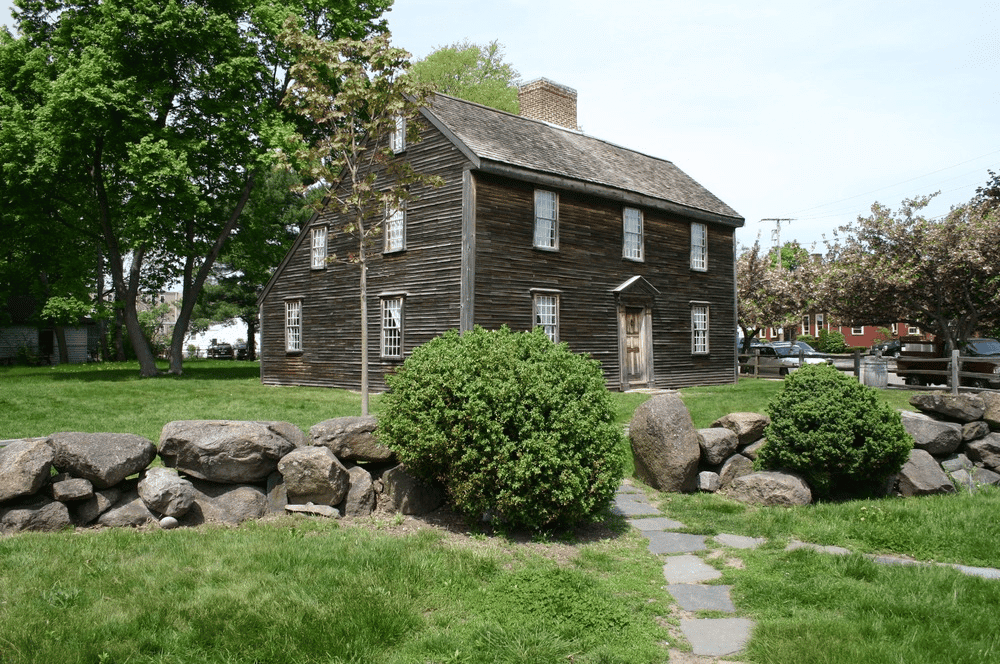
Particular Points Of Interest
If you haven’t visited before then I recommend beginning your adventure at the Visitor Center.
There’s a wonderful bookstore at the center. You can also see the 26-minute park orientation film, “Enduring Legacy: Four Generations of the Adams Family.”
You can also explore the United First Parish Church, 1306 Hancock St. across the street from the Visitor Center. Tours include the history and architecture of the building and the Adams Family crypt; the final resting place of Presidents John Adams and John Quincy Adams, and First Ladies Abigail and Louisa Catherine Adams.
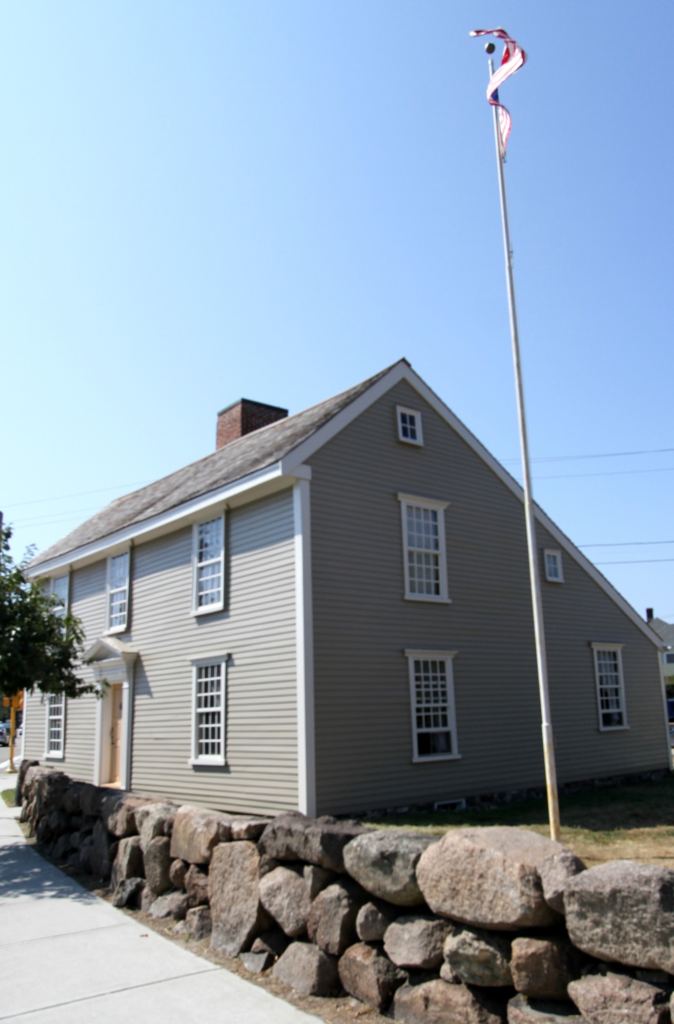
2. Appalachian National Scenic Trail
It’s not just historic families that one can learn about when visiting Massachusetts National Parks. There’s also the longest hiking trail in the world.
The Appalachian Trail is a 2,190-mile long hiking trail that extends from Springer Mountain in Georgia to Mount Katahdin in Maine.
The trail was first proposed in the 1920s as a way to connect a series of existing trails and preserve the natural beauty of the Appalachian Mountains.
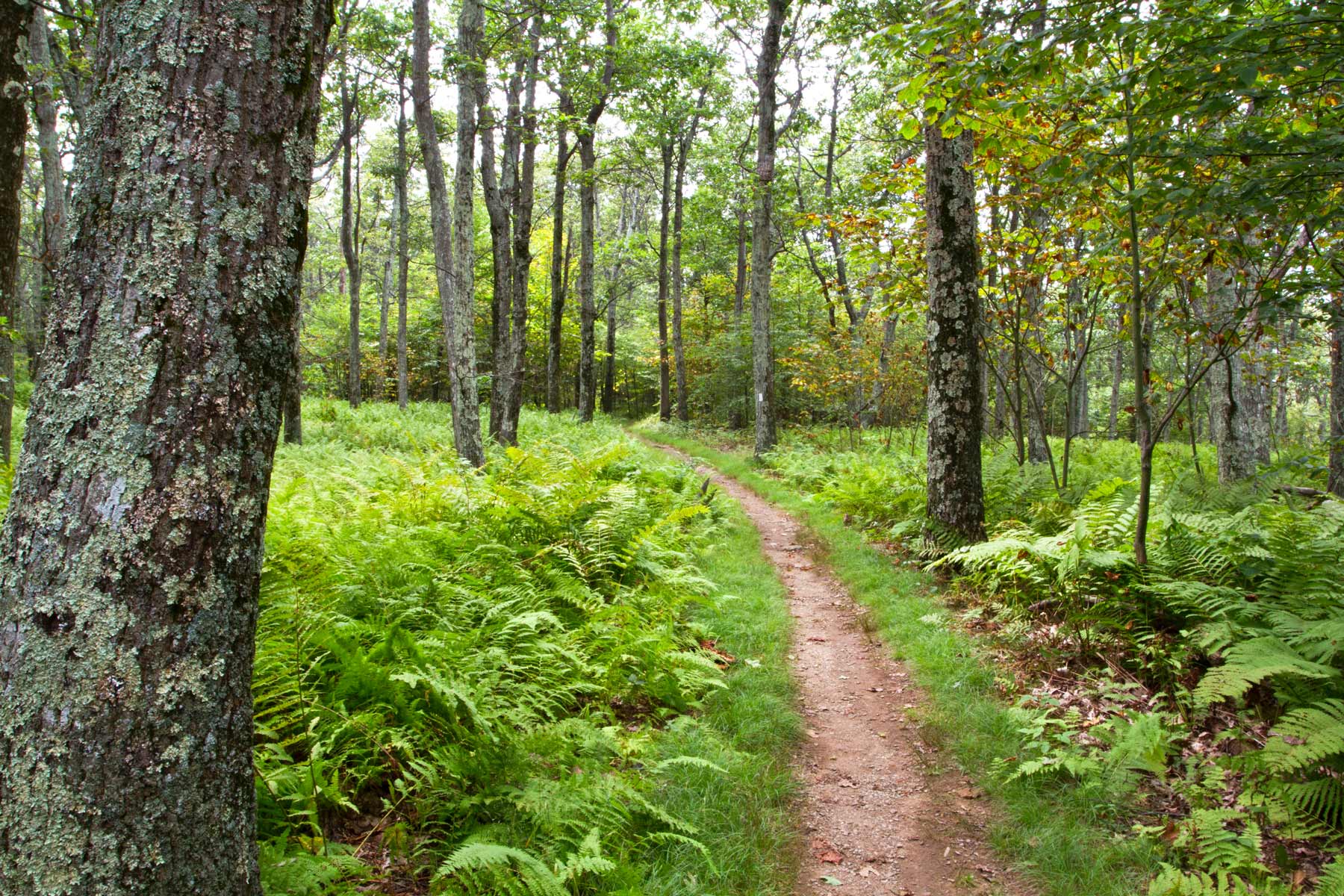
One Of The Most Popular Long-Distance Hiking Trails In The World
Over the next several decades, volunteers and the Civilian Conservation Corps worked to clear and mark the trail, which officially opened in 1937.
The trail has since become one of the most popular and well-known long-distance hiking trails in the world, attracting thousands of hikers each year who attempt to hike its entire length.
The trail passes through 14 states and a diverse range of landscapes, from dense forests to exposed ridges, and offers a unique opportunity to experience the beauty and history of the Appalachian Mountains.
It’s maintained by the Appalachian Trail Conservancy, a non-profit organization, and is protected as a National Scenic Trail. The trail has a rich history and cultural significance and is a symbol of the American wilderness and outdoor recreation.
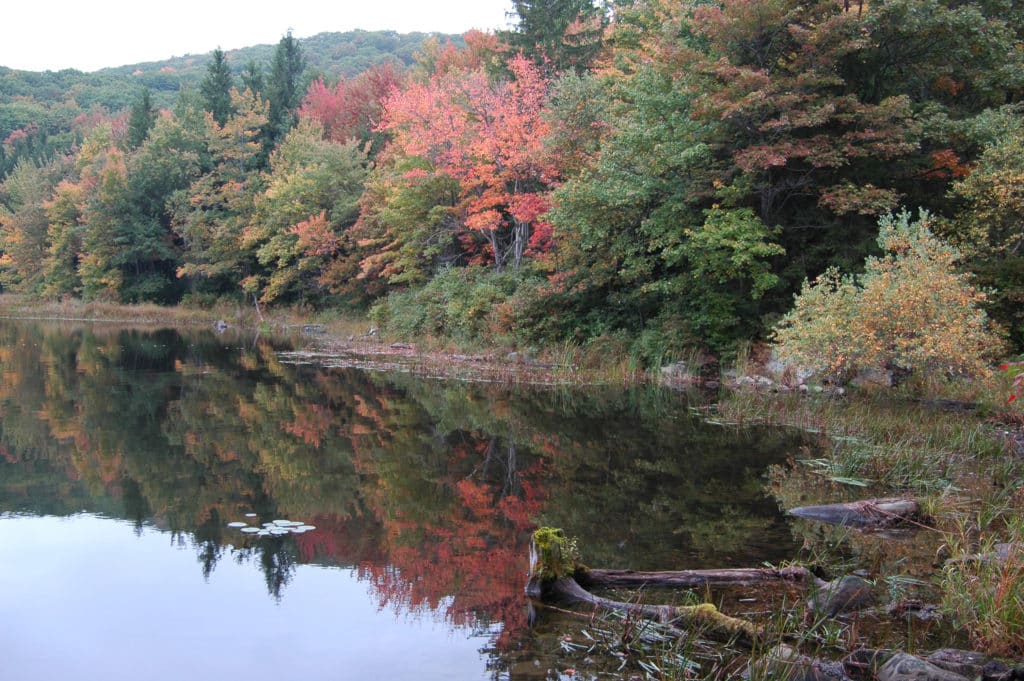
The Appalachian Trail In Massachusetts
Of the vast trail way, 90 miles is home to Massachusetts. Traveling over Mount Everett in the south, all the way up and through Mount Greylock in the north.
The Appalachian Trail provides offers hiking for both the long-distance or day hiker.
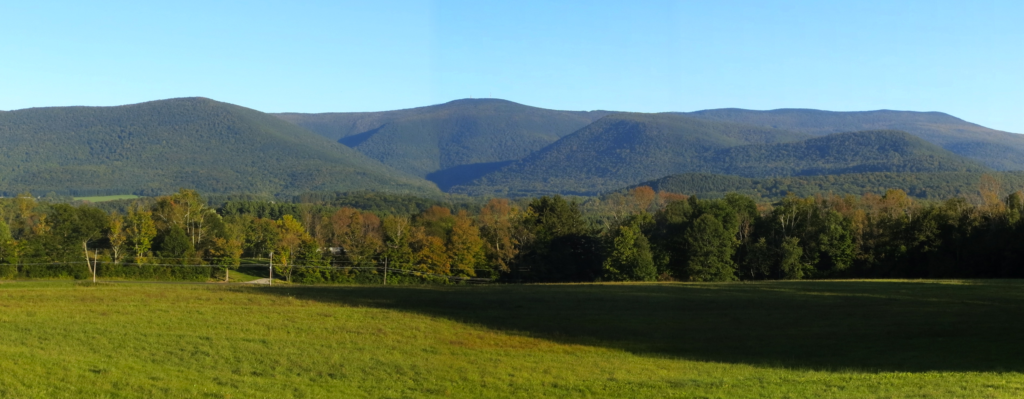
3. Blackstone River Valley National Historical Park
Massachusetts National Parks offer different historical snapshots of America’s past. At the Blackstone River Valley National Historical Park, visitors can learn about how the Age of Industry shaped America’s development as a nation.
The park preserves the history of the Blackstone River Valley, a region that played a significant role in the American Industrial Revolution.
It was established in 2014 to recognize and commemorate the contributions of the valley to the growth of America’s textile industry, transportation systems, and environmental conservation efforts. The park includes sites that illustrate the story of the Blackstone River and its impact on the region and the nation, including historic mill villages, canal systems, and factory buildings.
Visitors can explore the park through hiking and biking trails, boat tours, and interpretive programs, and learn about the history and cultural heritage of the Blackstone River Valley. The park also works to protect the natural resources of the valley and promote sustainable use of the land and water resources.
It’s located in the northern part of Rhode Island and southeastern Massachusetts and is a popular destination for history buffs, industrial enthusiasts, and anyone interested in learning more about the American Industrial Revolution and its impact on the region.
Things To See At Blackstone River
At Blackstone River there are three wonderful self-guided walking tours. They include:
- Hopewell Walking Tour: Founded in 1841 as a small communal association of Practical Christians who advocated temperance, abolition, women’s rights, Christian socialism, and non-violence, Hopedale evolved into a paternalistic model company town.
- Slatersville Walking Tour: Slatersville is America’s first planned industrial village.
- Whitinsville Walking Tour: Whitinsville presents a remarkably complete picture of one of the distinctive by-products of the Industrial Revolution in New England: the company town. Maintained and controlled by the Whitin family for over 100 years, Whitinsville today reveals its evolution from agrarian settlement to industrial giant, and offers a fascinating glimpse of the powerful family behind it all. (Source: NPS)
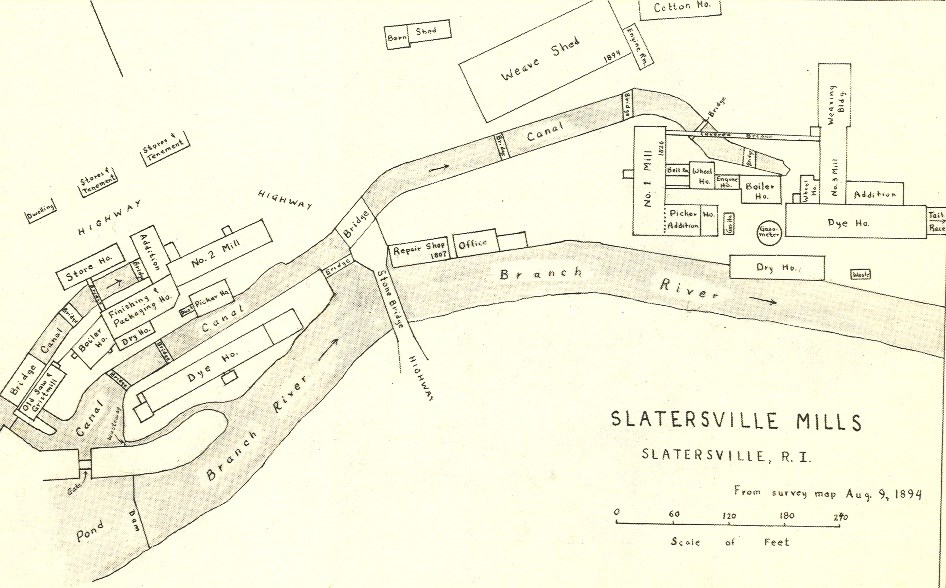
RELATED: Acadia National Park
Massachusetts National Parks
4. Boston National Historical Park
No journey to discover the wonders contained within the boundaries of the many Massachusetts National Parks would be complete without a trip to Boston.
Boston was considered the Cradle of Liberty and the heartbeat of the American Revolution. It’s one city that’s chock full of fascinating places to go and exciting things to see beginning with the Freedom Trail.
The Freedom Trail is an iconic symbol of Boston. Its red brick line snakes through some of the oldest parts of the City, navigating visitors to some of the most significant historic sites in the Downtown, North End, and Charlestown neighborhoods of Boston.
Points of interest along the freedom trail include:
Old Corner Bookstore, USS Constitution, USS Constitution Museum, Robert Gould Shaw and Massachusetts 54th Regiment Memorial, Bunker Hill Monument, Copp’s Hill Burying Ground, Boston Common, Boston Massacre Site, USS Cassin Young, Old State House, Park Street Church, King’s Chapel Burying Ground, Faneuil Hall, Old North Church, Paul Revere House, Granary Burying Ground, Massachusetts State House and much much more.
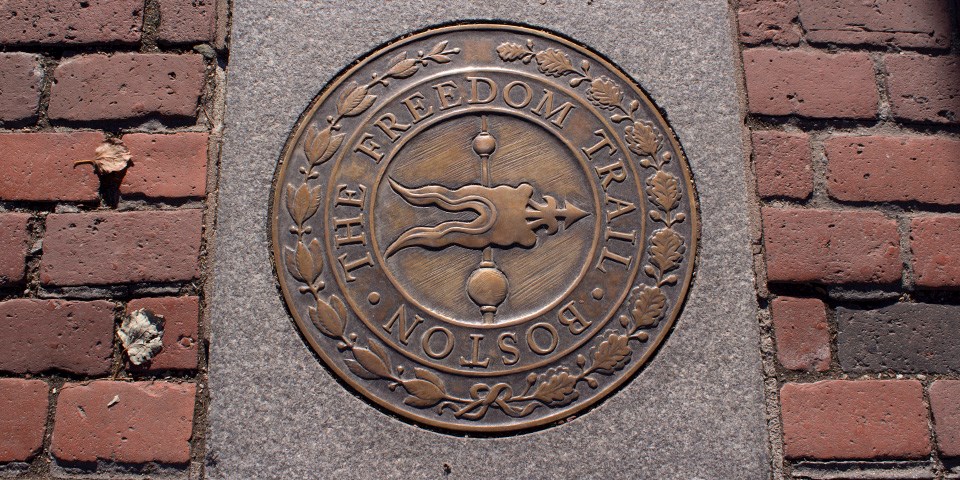
RELATED: 10 BEST Revolutionary War Sites In America
5. Boston African-American National Historic Site
As long as you’re planning a trip to Boston why not learn firsthand about how the struggle against racial injustice shaped the history of America. The African American community of 19th century Boston led the both the city and the nation in this fight against slavery and racial injustice.
These remarkable men and women, together with their allies, were leaders in the Abolition Movement, the Underground Railroad, the Civil War, and the early struggle for equal rights and education.
The Boston African-American National Historic Site celebrates their bravery and heroism.
This story features the Black Freedom Trail which is an approximately 1.5 mile long trail linking sites that explore the trials of the free black community which inhabited the North Slope of Beacon Hill from the late 18th century through the 19th century.
I recommend visiting the Museum of African American History. It’s located in the former Abiel Smith School. Visitors come away with a better understanding of and appreciation for the struggles and sacrifices made by African Americans to bring about a more perfect union.
.jpg)
Boston African American National Historic Site: Men dressed as Union soldiers pose by the Shaw Memorial in Boston. (Courtesy of Wikimedia Commons)
RELATED: 20 BEST Black History Sites In America For You To Visit
“Once let the black man get upon his person the brass letter, U.S.; let him get an eagle on his button, and a musket on his shoulder, and bullets in his pocket, and there is no power on the earth or under the earth which can deny that he has earned the right of citizenship in the United States.”
– Frederick Douglass, “Address for the Promotion of Colored Enlistments, delivered at a mass meeting in Philadelphia, July 6, 1863.”
6. Boston Harbor Islands National Recreation Area
A trip to see the various Massachusetts National Parks doesn’t have to focus exclusively on history. Why not combine stunning scenery with historical landmarks.
The Boston Harbor Islands National Recreation Area is a collection of 34 islands and peninsulas in Massachusetts that are accessible by ferry from the city of Boston.
The islands offer a unique blend of historical, natural, and recreational resources, and provide visitors with opportunities for outdoor recreation, education, and relaxation. They have a rich history, with roots dating back to the Native American Wampanoag tribe and the arrival of European settlers in the 1600s.
Visitors can explore historic forts, lighthouses, and military sites, as well as scenic hiking trails, beaches, and wildlife habitats.
The park offers a variety of educational programs and events throughout the year, including ranger-led tours, camping programs, and special events.
It’s located in the Boston Harbor and is a popular destination for outdoor enthusiasts, history buffs, and anyone looking for a unique and scenic escape from the city.

7. Cape Cod National Seashore
Remember that wonderful song from Sweeney Todd? It was called “By The Sea.” The lyrics go like this:
By the sea, Mr. Todd, that’s the life I covet
By the sea, Mr. Todd, oh, I know you’d love it
You and me, Mr. T, we could be alone
In a house what we’d almost own
Down by the sea
Anything you say
Wouldn’t that be smashing?
In the case of Massachusetts National Parks, it’s not only about the history. You can go by the sea as well.
And there’s no sea prettier to go by than the Cape Cod National Seashore.

Things To Do At Cape Cod
Some of the things you can do at Cape Cod National Seashore include:
- Beaches: Enjoy miles of unspoiled beaches, perfect for sunbathing, swimming, and beachcombing.
- Hiking: Explore over 40 miles of trails, from easy boardwalks to challenging backcountry hikes.
- Wildlife viewing: Observe a variety of wildlife, including seals, whales, birds, and turtles.
- Biking: Rent a bike and explore the seashore on two wheels.
- Fishing: Cast a line and try your luck at fishing in the Atlantic Ocean or Cape Cod Bay.
- Ranger-led programs: Attend ranger-led talks, walks, and demonstrations to learn more about the history, culture, and environment of the seashore.
- Picnicking: Enjoy a picnic on one of the seashore’s scenic overlooks or beaches.
- Camping: Pitch a tent at one of the seashore’s campgrounds and spend the night under the stars.
- Kayaking and canoeing: Paddle along the seashore’s waterways and enjoy the beauty of the area from the water.
- Historic sites: Visit historic lighthouses, fishing villages, and other cultural landmarks.
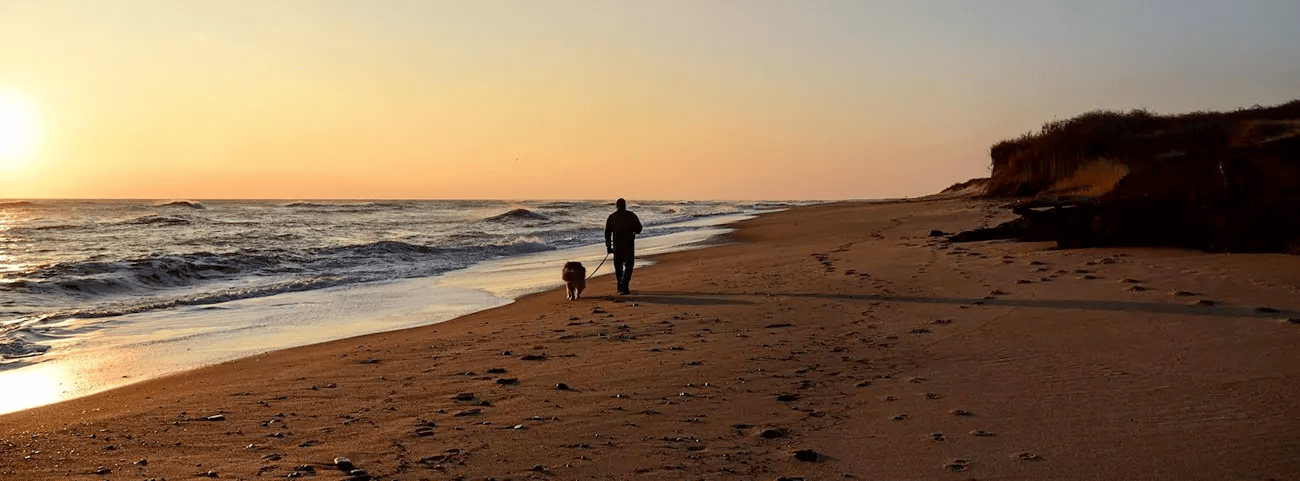
RELATED: 6 (EPIC) Maine National Parks For Your Next Visit To The Pine Tree State
More Massachusetts National Parks
8. Frederick Law Olmstead National Historic Site
The Frederick Law Olmsted National Historic Site is a park in Brookline, Massachusetts that honors the life and work of Frederick Law Olmsted (1822-1903), the founder of American landscape architecture and the designer of many of America’s most iconic parks and public spaces.
Olmsted is best known for his design of Central Park in New York City and the Emerald Necklace park system in Boston, but he also worked on many other public and private landscapes throughout the United States.
The site includes Olmsted’s home and office, where he lived and worked for over 50 years, as well as the surrounding landscape, which includes gardens, lawns, and woodland areas.
Visitors can tour the home and office, learn about Olmsted’s life and work, and explore the grounds and gardens, which showcase his innovative ideas about landscape design and urban planning.
The site is a National Historic Site and is maintained by the National Park Service as a tribute to Olmsted and his contributions to American landscape architecture and urban planning.
Things To Do At The Frederick Law Olmstead National Historic Site
At the Frederick Law Olmstead National Historic Site visitors can take a tour through the country’s first full-scale landscape architecture office.
A guided tour will take you through the Historic Design Office where ideas were expressed through the creation of plans, drawings, photographs and other materials which were then used to build landscapes across the nation.
After the tour, you can explore the self-guided exhibits and learn more about the wide spectrum of work and happenings of the Olmsted office.
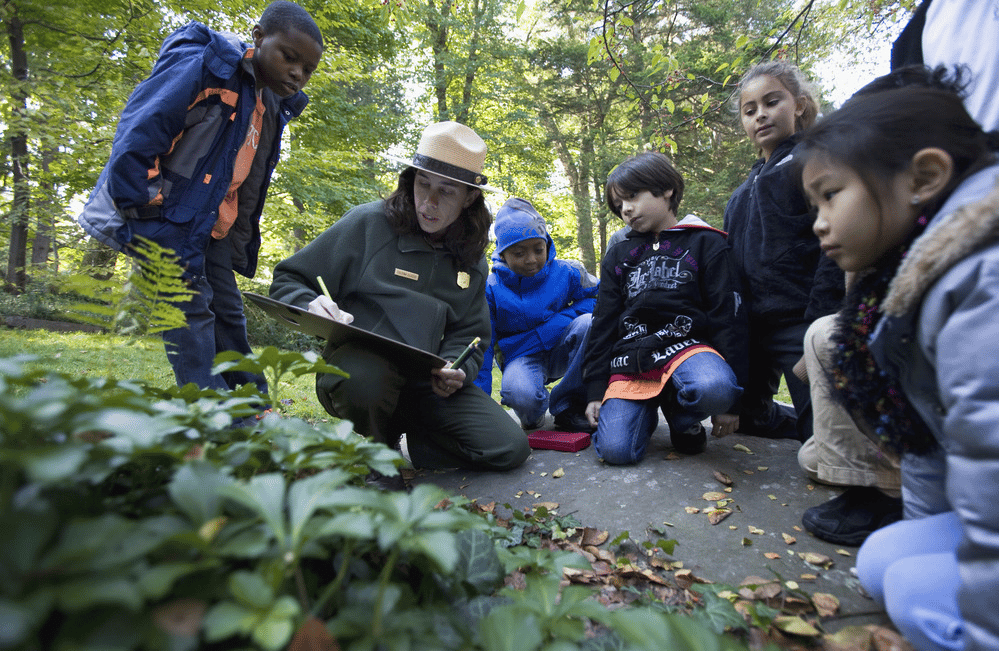
9. John Fitzgerald Kennedy National Historic Site
The John Fitzgerald Kennedy National Historic Site honors the life and legacy of John Fitzgerald Kennedy (1917-1963), the 35th President of the United States.
The site includes Kennedy’s childhood home, where he lived from birth until he was 10 years old, as well as several other nearby buildings that are associated with the Kennedy family.
Visitors to the site can tour the home, which has been restored to its appearance during the Kennedy family’s residency, and learn about Kennedy’s early life and upbringing, as well as his development as a political figure and leader.
The site also features exhibits and educational programs that explore Kennedy’s presidency and his impact on American history and culture.
Kennedy is remembered for his charismatic leadership style, his commitment to public service, and his efforts to promote civil rights, peace, and economic growth. He served as President from 1961 until his assassination in 1963, and his legacy continues to inspire people around the world.
The John Fitzgerald Kennedy National Historic Site is a testament to Kennedy’s life and his contributions to American history, and provides a unique opportunity for visitors to learn about this important figure and his impact on the world.
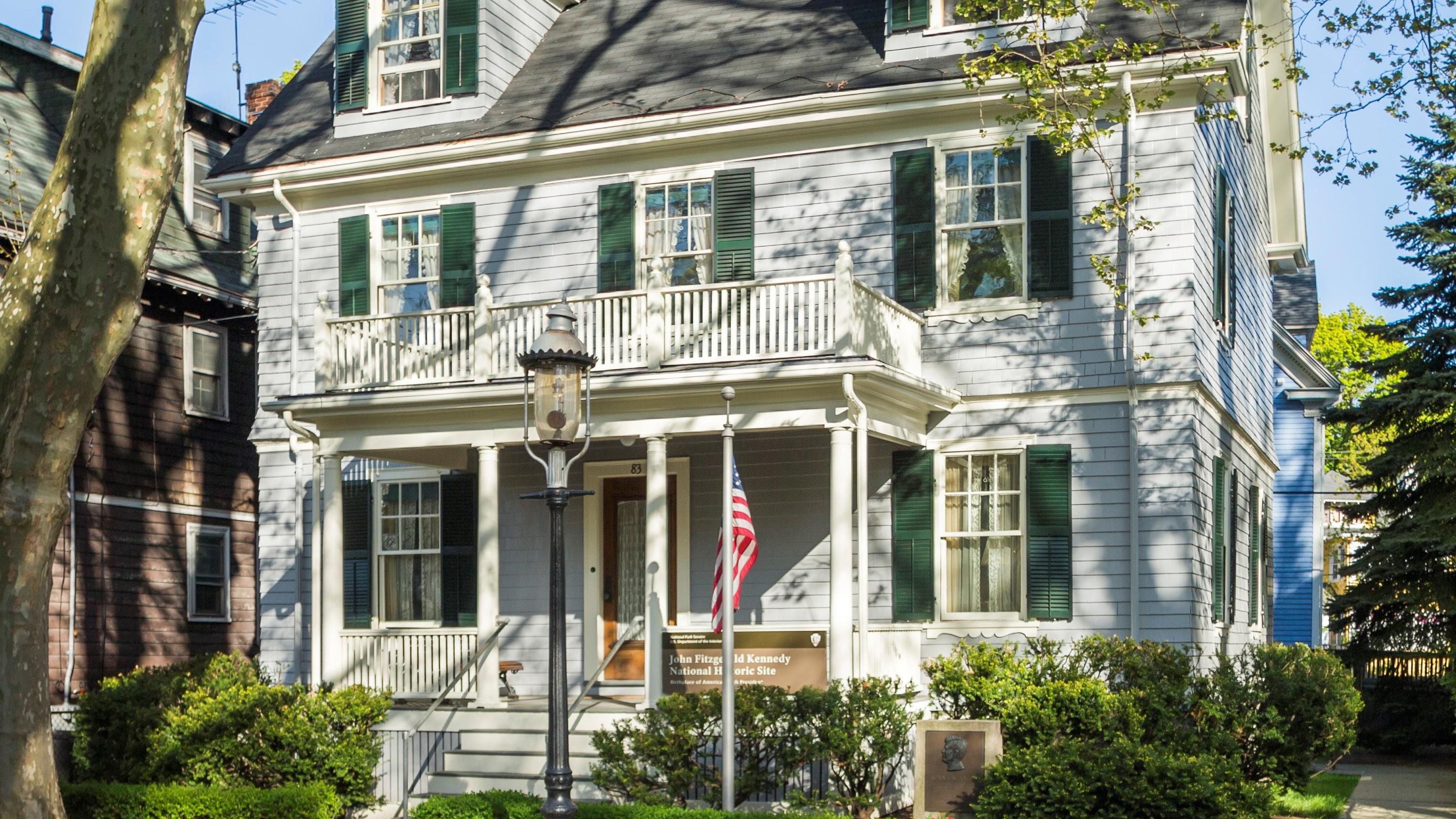
10. Longfellow House-Washington’s Headquarters National Historic Site
If you prefer fiction to fact then you’ll discover that the Massachusetts National Parks have not forgotten about you. There’s a wonderful site which offers its visitors unique opportunities to explore the themes of 19th century literature and the arts.
Longfellow National Historic Site preserves the home of Henry Wadsworth Longfellow, one of the world’s foremost 19th century poets. His works included: Paul Revere’s Ride and The Song of Hiawatha.
During the Revolutionary War, the house also served as headquarters for General George Washington. It served as Washington’s Headquarters during the Siege of Boston, July 1775 – April 1776.
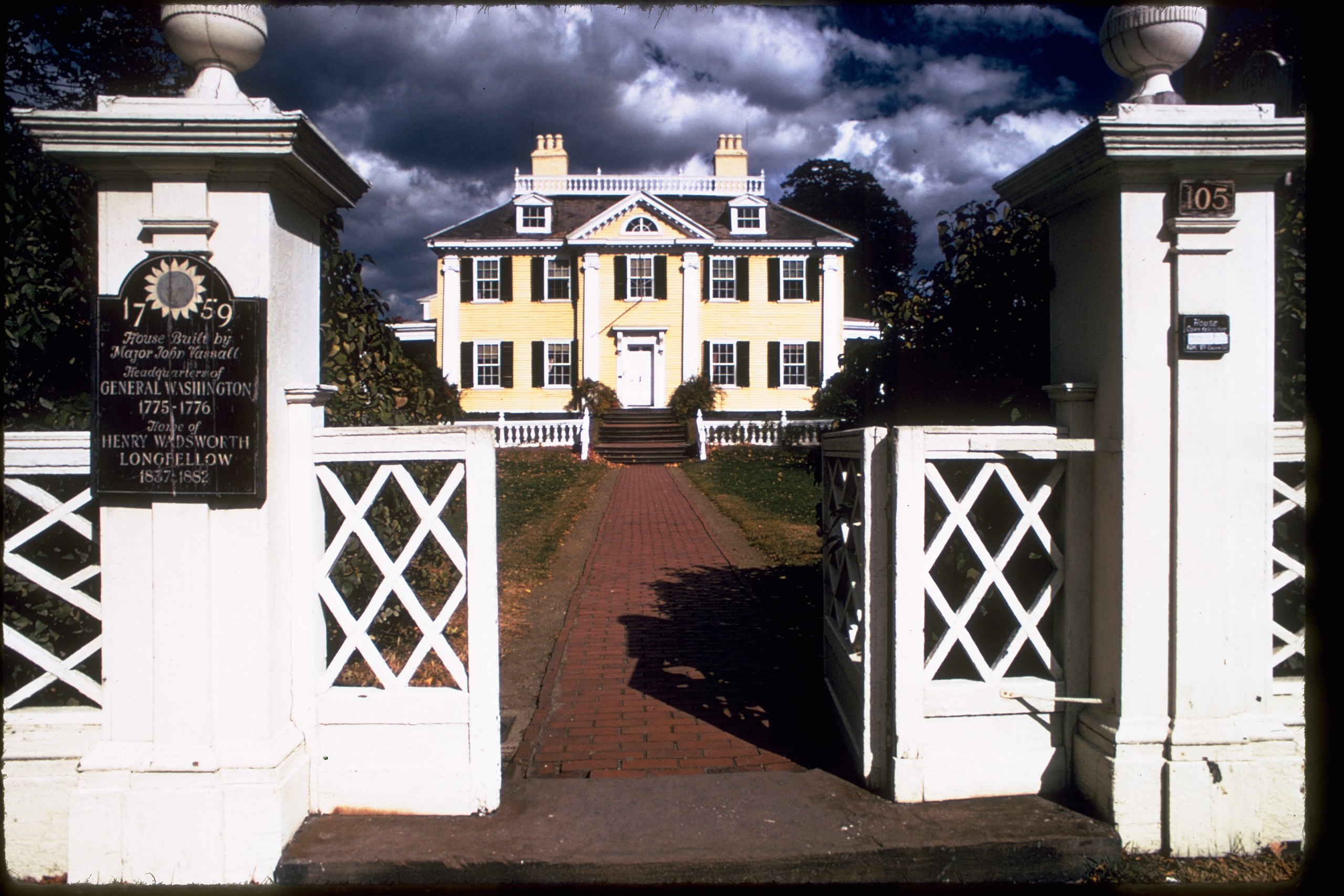
11. Lowell National Historical Park
The Industrial Revolution transformed economies that had been based on agriculture and handicrafts into economies based on large-scale industry, mechanized manufacturing, and the factory system. New machines, new power sources, and new ways of organizing work made existing industries more productive and efficient.
Ground Zero for this revolution in America were the water-powered textile mills at Lowell, Massachusetts. The Lowell National Historical Park Visitor Center is a great place to learn about all of this while visiting some fascinating historical sites.
At the Visitor Center you can explore the history of the Spindle City through various exhibits. From the early industrial city to the modern local community, the Visitor Center highlights the stories of the people who lived and worked in Lowell.
Author and writer Jack Kerouac was a citizen of Lowell and his story is featured there as well.
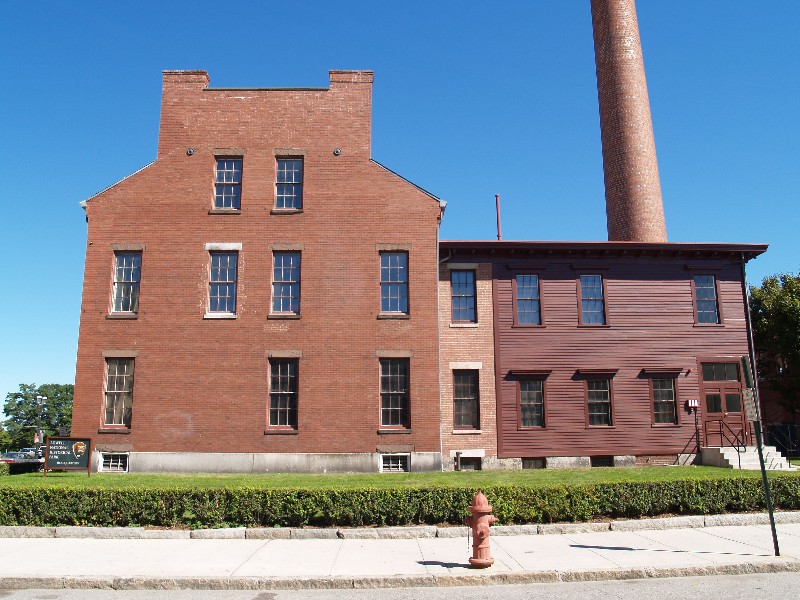
More Massachusetts National Parks
12. Minute Man National Historical Park
Massachusetts National Parks also celebrate America’s earliest citizen-soldiers. One site that I particularly recommend is Minute Man National Historical Park.
Minute Man National Historical Park preserves and interprets the sites and stories associated with the opening battles of the American Revolution.
The park is named after the “minute men,” a group of colonial militiamen who were ready to respond to the call to arms at a moment’s notice.
The park includes several historic sites and landmarks that are associated with the events of April 19, 1775, including the Battle Road, which was the site of the first armed conflict of the Revolution, and the Lexington Battle Green, where the first shots of the battle were fired.
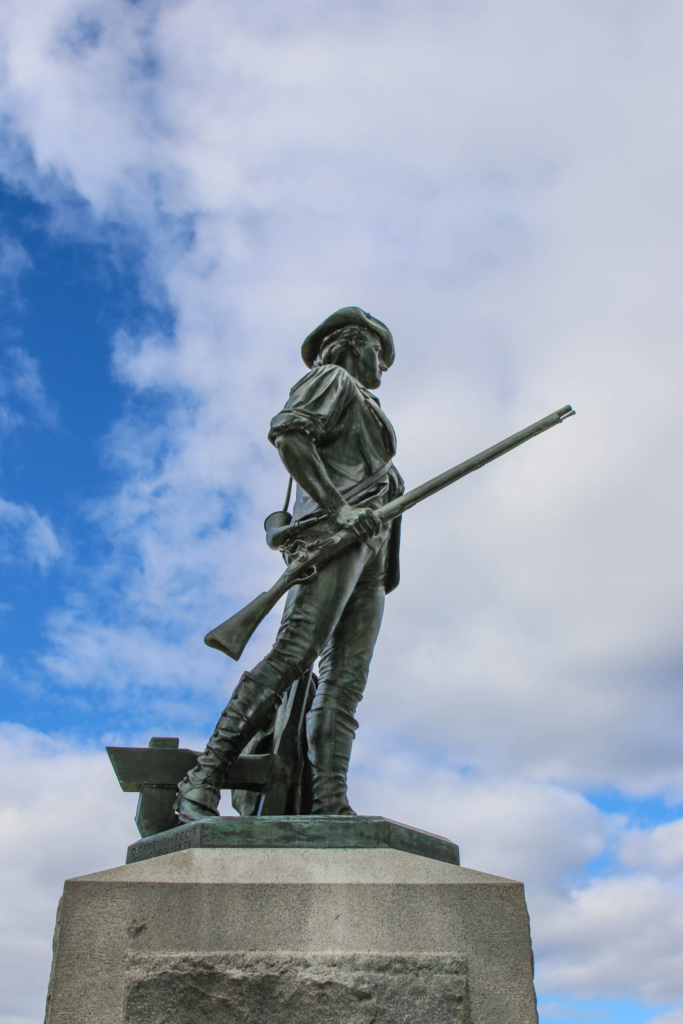
The Park Offers Rich Cultural & Natural Resources
The park offers a variety of educational and recreational activities, including hiking and biking trails, ranger-led tours and programs, and special events and reenactments. Visitors can also explore historic homes, farms, and other structures that date back to the colonial period, as well as beautiful natural areas, such as the scenic Concord River and the historic town of Lexington.
Minute Man National Historical Park is an important cultural and historic resource, and is a must-visit destination for anyone interested in American history, the Revolutionary War, or colonial life.
The park provides a unique opportunity to explore the events, people, and places that shaped the course of American history and set the stage for the birth of a new nation.

Things To Do At Minute Man National Historical Park
As the National Park Service notes, “Minute Man National Historical Park in Lexington, Lincoln, and Concord, Massachusetts, preserves and interpretes the sites, structures, and landscapes that became the field of battle during the first armed conflict of the American Revolution on April 19, 1775.”
The Minute Man Visitor Center includes a forty-foot mural that portrays the fighting between Colonists and British Regulars and artifacts from the Parker’s Revenge Archaeological investigation. Park Rangers are on duty to answer questions.
While at the visitor center, you can get a map, schedule of programs and events and, for the children, a junior ranger booklet.
You can also explore exhibits about the beginning of the American Revolution, watch a multimedia theater presentation, and browse the museum store run by Eastern National.
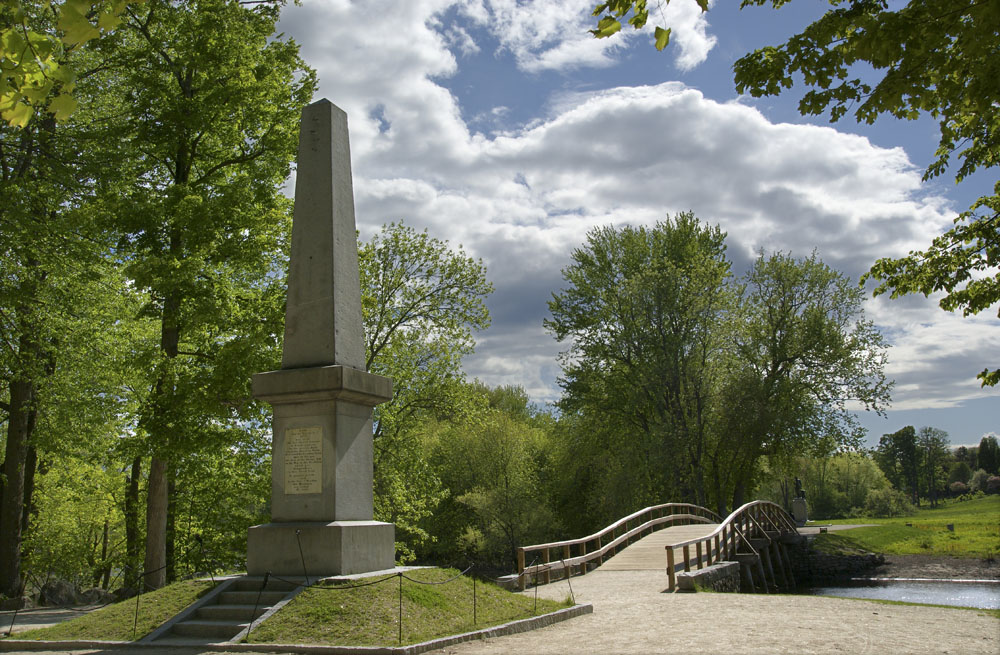
Hike The Battle Road Trail
The park also offers a variety of guided programs to the public.
While you’re there, you can hike the Battle Road Trail. It’s a five mile trail connecting historic sites from Meriam’s Corner in Concord to the eastern boundary of the park in Lexington.
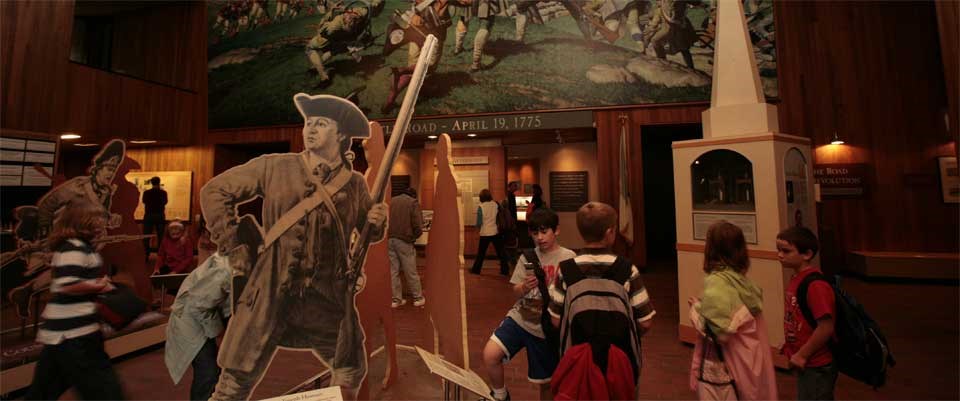
RELATED: 2 (EPIC) New Hampshire National Parks For Your Visit To The Granite State
13. New Bedford Whaling National Historical Park
One of the lesser known Massachusetts National Parks is the New Bedford Whaling National Historical Park.
In the mid-1700s, New Bedford, Massachusetts was developed as a port for whalers. These were the ships that went off to harpoon the whales from whom oil was used to light much of America.
New Bedford’s whaling industry influenced its shoreside industry, fashion, architecture, and culture.
Today visitors can experience this whaling tradition. Points of interest include:
- Charles W. Morgan: After its whaling days ended in 1921, the Morgan was preserved by Whaling Enshrined, Inc. and exhibited at Colonel Edward H.R. Green’s estate at Round Hill in Dartmouth, Massachusetts, until 1941. In November 1941, the Morgan sailed to Mystic Seaport where it has since been docked. The whaleship was designated a National Historic Landmark in 1966.
- The U.S. Custom House: The U.S. Custom House in New Bedford is the oldest continually operating custom house in the country. Whaling masters of the past registered their ships and cargo in this building, while today’s commercial ships continue to log duties and tariffs here.
- Lewis Temple: Working as a blacksmith, African-American Lewis Temple created a tool that revolutionized the whaling industry. A monument honoring Temple stands in front of the New Bedford Free Public Library on Pleasant Street in New Bedford.

14. New England National Scenic Trail
If your someone who loves a good stretch of the legs then you’ll be pleased to know that more than one of the Massachusetts National Parks offer great hiking trails.
The New England National Scenic Trail (NET) was established in 2009 as part of the National Trails System Act.
The trail runs through Connecticut, Massachusetts, and Vermont, and is approximately 215 miles in length. The trail was created through the collaboration of several local and regional trail organizations, who worked to connect existing hiking trails into one continuous path.
The NET offers scenic views of forests, rivers, and rural landscapes, and is popular among hikers, bird watchers, and outdoor enthusiasts.
RELATED: 3 (EPIC) Vermont National Parks For Your Visit To The Green Mountain State
15. The Salem Maritime National Historic Site
Salem was once one of the most important ports in the nation. The historic buildings, wharves, and reconstructed tall ship at Salem Maritime National Historic Site tell the stories of the sailors, Revolutionary War privateers, and merchants who brought the riches of the Far East to America.
The site preserves and interprets the history of Salem’s maritime trade and shipping industry from the late 18th to mid-19th centuries. It includes several historic structures and wharves, as well as a museum and visitor center.
Visitors can explore the story of Salem’s shipping industry, including its role in the global trade of goods such as textiles, rum, and spices, as well as its connections to the transatlantic slave trade.
Additionally, the site offers guided tours, exhibits, and educational programs that provide insight into the maritime history of Salem and the broader New England region.

More Massachusetts National Parks
16. Saugus Iron Works National Historic Site
In our modern society, iron is the most important of all metals. It’s used to craft different types of steel which is used in a diverse array of applications. Imagine a world without it! Trust me, you wouldn’t want to.
One of the most interesting and unique of the Massachusetts National Parks is the Saugus Iron Works. It’s a twelve-acre National Historic Site that includes working waterwheels, forges, mills, a historic 17th century home, and a lush river basin. It’s a place where European iron workers brought their skills to the New World.
Saugus includes a visitor center located within the Iron Works House annex and a Museum a short walk away.
The site also includes the reconstructed blast furnace, forge, slitting mill, and warehouse, together with the original slag pile and several post-Hammersmith era structures.
While you’re there you can explore exhibits, watch the park film, and shop at a traditional park store

17. Springfield Armory National Historic Site
If you’re someone who is fascinated by the history of the weapons which helped to ensure American Independence then there’s a Massachusetts National Park that you’ll enjoy visiting.
The Springfield Armory was a place where firearms were produced for the U.S. military for almost two centuries.
The Springfield Armory National Historic Site commemorates the critical role of the nation’s first armory by preserving and interpreting the world’s largest historic US military small arms collection, along with historic archives, buildings, and landscapes.
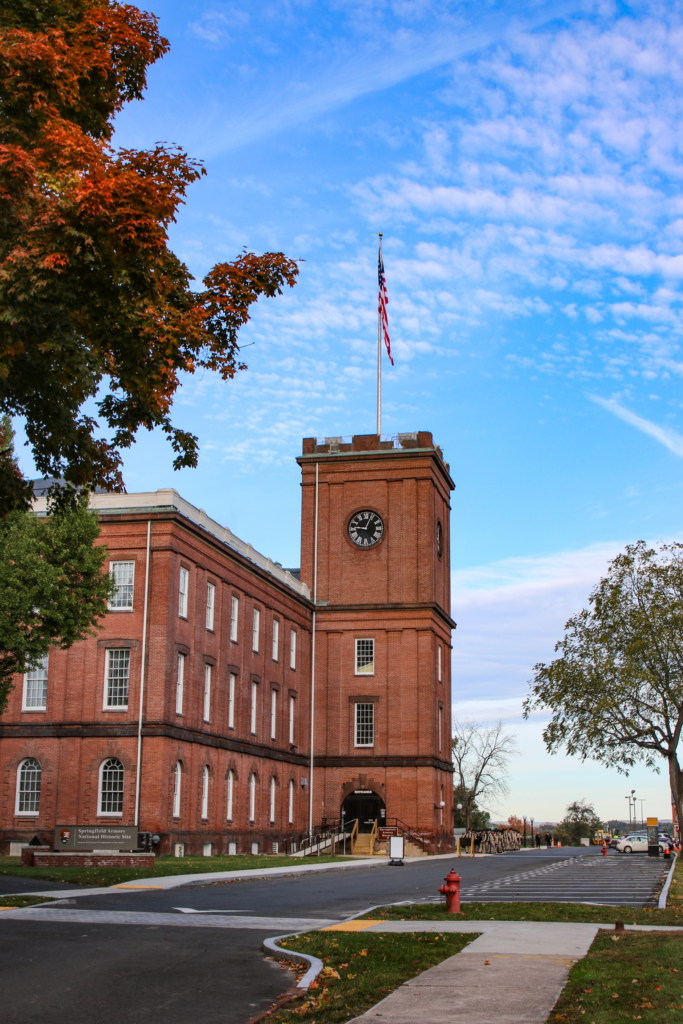
Points Of Interest At The Springfield Armory
The armory includes the following places of interest:
- Commanding Officers Quarters: The Commanding Officer’s Quarters housed the Superintendents and Commandants of Springfield Armory, beginning with Major James Ripley and ending with Lt. Colt C.B. Zumwalt when the Armory closed in April 1968.
- The Junior Officers Quarters: These quarters were listed in the Massachusetts Most Endangered Historic Resources. In 2017, the building underwent major restoration including rebuilding portions of the foundation and historic chimneys, as well as repointing the brickwork.
- The Main Arsenal: The place where arms could be stored and produced.
- Building 19: It had multiple purposes including stabling horses and housing an x-ray lab and cryptography unit for sending and receiving coded messages, but its main purpose was storage of lumber.
- The Watershops: They were used to harness the dependable current of the Mill River, trip hammers, grindstones, and polishing discs shaped iron and steel.
- Building 104: This was where the famed M1 rifle was mass produced as America prepared for its entry into the Second World War.
Still More Massachusetts National Parks
18. Washington-Rochambeau Revolutionary Route National Historic Trail
Washington’s ultimate success against the British was made possible through an alliance with France.
On July 11, 1780, 55-year-old General Jean Baptiste Donatien de Vimeur, comte de Rochambeau arrived with an army of 450 officers and 5,300 men in Narragansett Bay off Newport, Rhode Island.
This marked the beginning of a most successful military cooperation that culminated 15 months later in the victory at Yorktown and the surrender of Lord Cornwallis and his troops.
From New Hampshire to Virginia, the Washington-Rochambeau National Historic Trail connects major metropolitan areas, state and national parks, historic and scenic trails, and countless other historic sites.
The rout is a 680-mile series of roads used in 1781 by the Continental Army under the command of George Washington and the forces under the command of Admiral Rochambeau during their 14-week march from Newport, Rhode Island, to Yorktown, Virginia.
Check Out Our Acadia National Park Film
MTJP | Acadia is the culmination of several weeks spent exploring Acadia National Park during peak fall color. This film is, in part, a celebration of Acadia’s upcoming centennial. It is dedicated to George Dorr.
Sculpted by Glaciers and landscaped by beavers, Acadia is full of wonderfully unique features. Rounded mountains, tranquil ponds, rocky coastline, & some of the most beautiful trails in the world comprise this marvelous wonder.
This film was shot entirely in 4K. Acadia National Park is unlike any other in the system sitting on Mt. Desert Island and the Schoodic Peninsula of Maine.
We chose to film the park during Autumn due to it’s reputation as one of the best places to see fall foliage in the world. What we witnessed and captured did not dissapoint.
Acadia is a quieter National Park that features one of the most beautiful road systems of any of the National Parks and boasts the first point in the United States the sun touches each morning.
Some of the locations we captured include: Jordan Pond, Bass Harbor Head Lighthouse, Otter Cliffs, Cadillac Mountain, Beaver Ponds, Schoodic Peninsula, and more.
Take A Deeper Dive With These Exciting Book Recommendations
To learn more about the Cradle of Liberty and its famous sons, I recommend reading the following books:
- John Adams by David McCullough.
- John Quincy Adams: American Visionary by Fred Kaplan.
- From Dream to Reality: History of the Appalachian Trail by Thomas Johnson.
- GREATER THAN A TOURIST- MINUTE MAN NATIONAL HISTORICAL PARK MASSACHUSETTS USA: 50 Travel Tips from a Local by Kevin Vincent.
- Where Death and Glory Meet: Colonel Robert Gould Shaw and the 54th Massachusetts Infantry by Russell Duncan.
- Cape Cod Companion: The History and Mystery of Old Cape Cod by Jim Coogan.
- Genius of Place: The Life of Frederick Law Olmsted by Justin Martin.
- An Unfinished Life: John F. Kennedy, 1917 – 1963 by Robert Dallek.
- A Thousand Days: John F. Kennedy in the White House by Arthur Schlesinger.
- Minutemen and Their World by Robert A. Gross.
- Washington-Rochambeau Revolutionary Route and the Franco-American Alliance by Donna Passmore and Jan Smulcer.
Massachusetts National Parks FAQ
Massachusetts has beautiful beaches, including Singing Beach, Wingaersheek Beach, Cisco Beach, and many more great spots surrounding Cape Cod Bay. You can go whale watching and charter sailing, visit wineries, or go hiking.
The list of must-see historic sites in Massachusetts is as follows:
Bunker Hill Monument
Adams National Historical Park
John Fitzgerald Kennedy National Historic Site
Boston National Historical Park
Minute Man National Historical Park
Boston African-American National Historic Site
Frederick Law Olmstead National Historic Site
Salem Maritime National Historic Site
Longfellow House-Washington’s Headquarters National Historic Site
Lowell National Historical Park
Lexington & Concord
Walden Pond
Emily Dickinson Museum
Blue Hill Meteorological Observatory
Lizzie Borden House
Why Trust Us About Massachusetts National Parks?
We’re Jim Pattiz and Will Pattiz, collectively known as the Pattiz Brothers (and sometimes the Parks Brothers) and we absolutely LOVE the national parks.
You should probably know that we don’t just make this stuff up out of thin air. We’ve spent our entire adult lives exploring and filming America’s national parks and public lands.
We’ve worked with the National Park Service, the Department of Interior, USDA, and the U.S. Forest Service for years creating films on important places and issues. Our work has been featured in leading publications all over the world and even some people outside of our immediate family call us experts on the national parks.
Meet The Parks Brothers
Map Of Massachusetts National Park Sites
List Of Massachusetts National Park Sites
- Adams National Historical Park
- Appalachian National Scenic Trail
- Blackstone River Valley National Historical Park
- Boston National Historical Park
- Boston African-American National Historic Site
- Boston Harbor Islands National Recreation Area
- Cape Cod National Seashore
- Frederick Law Olmstead National Historic Site
- John Fitzgerald Kennedy National Historic Site
- Longfellow House-Washington’s Headquarters National Historic Site
- Lowell National Historical Park
- Minute Man National Historical Park
- New Bedford Whaling National Historical Park
- New England National Scenic Trail
- Salem Maritime National Historic Site
- Saugus Iron Works National Historic Site
- Springfield Armory National Historic Site
- Washington-Rochambeau Revolutionary Route National Historic Trail
We Hope You’ll Follow Our Journey

Our goal here at More Than Just Parks is to share the beauty of America’s national parks and public lands through stunning short films in an effort to get Americans and the world to see the true value in land conservation.
We hope you’ll follow our journey through the parks and help us to keep them the incredible places that they are. If you’re interested in joining the adventure then please sign up below!
And a bonus! Tips for Visiting a National Park Responsibly
Permit Systems and Reservations
Check to see if the national park you’re visiting has a permit or reservation system in place before visiting. As parks become increasingly crowded more has to be done to safeguard them which means controlling the hundreds of millions of people who visit these places each year.
Popular national parks with reservation systems of some kind include Yosemite, Yellowstone, Zion, Rocky Mountain, Glacier, Arches, Acadia, Denali, and more.
Want Less Crowds? Try a National Forest!
Try visiting a national forest while you’re on your trip to avoid the crowds. There are 155 national forests in America, many of which are equally as beautiful as the national parks they neighbor and only see a fraction of the visitors.
For example, try the Flathead National Forest next to Glacier National Park, the Bridger-Teton next to Grand Teton, and the Dixie which borders nearly all of the Utah National Parks.
Practice Safety, Seriously
National parks are amazing but wild places so it is essential to practice basic safety while visiting them. Every year people die while vacationing in national parks. This is easily avoided by:
- Sticking to trails
- Checking the weather before going out on a hike
- Maintaining a safe distance between wildlife which means at least 25 yards from most wildlife and 100 yards from predators
- Avoid ledges with steep drop offs
Massachusetts national parks, Massachusetts national parks, Massachusetts national parks, Massachusetts national parks, Massachusetts national parks, Massachusetts national parks, Massachusetts national parks, Massachusetts national parks, Massachusetts national parks, Massachusetts national parks, Massachusetts national parks, Massachusetts national parks, Massachusetts national parks,

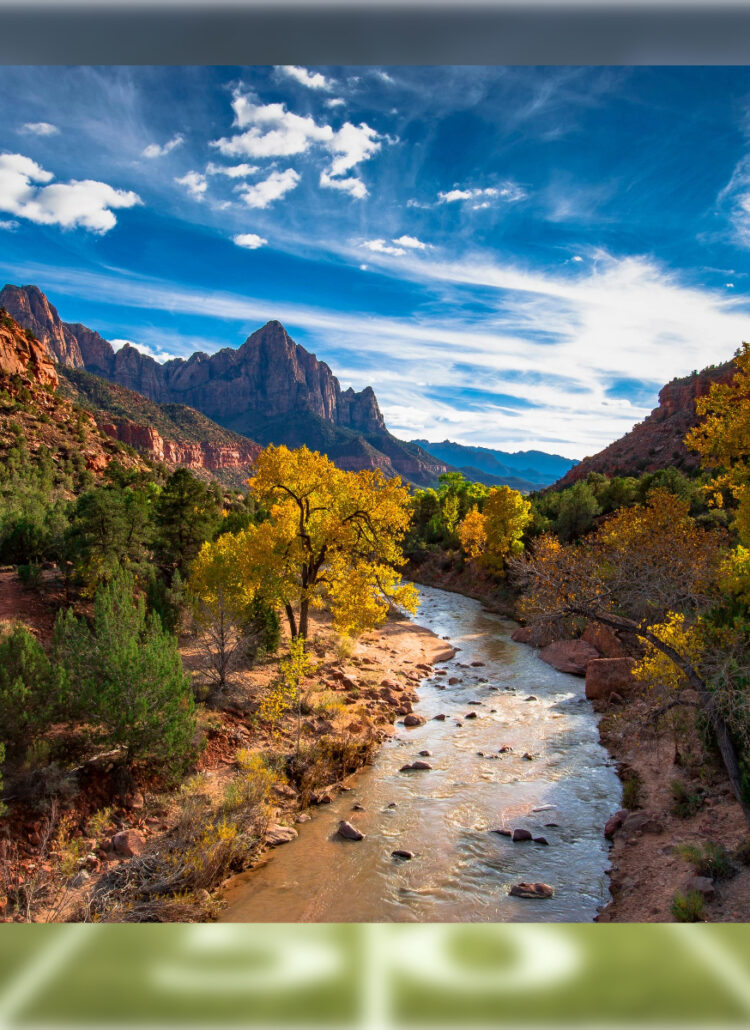
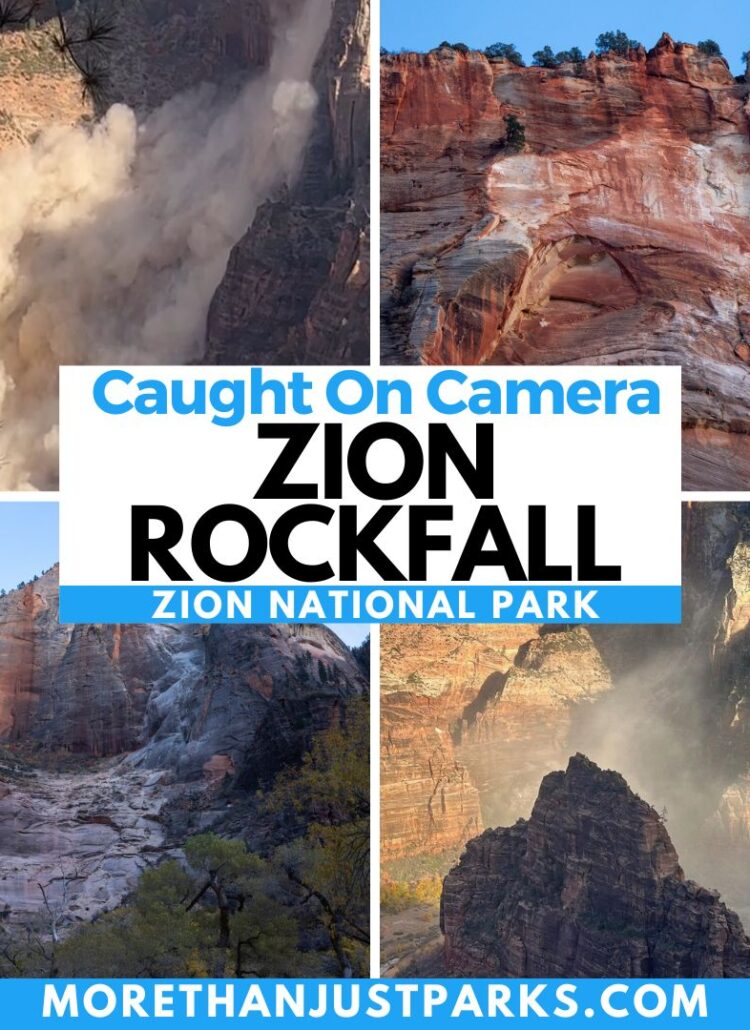


Leave a Reply